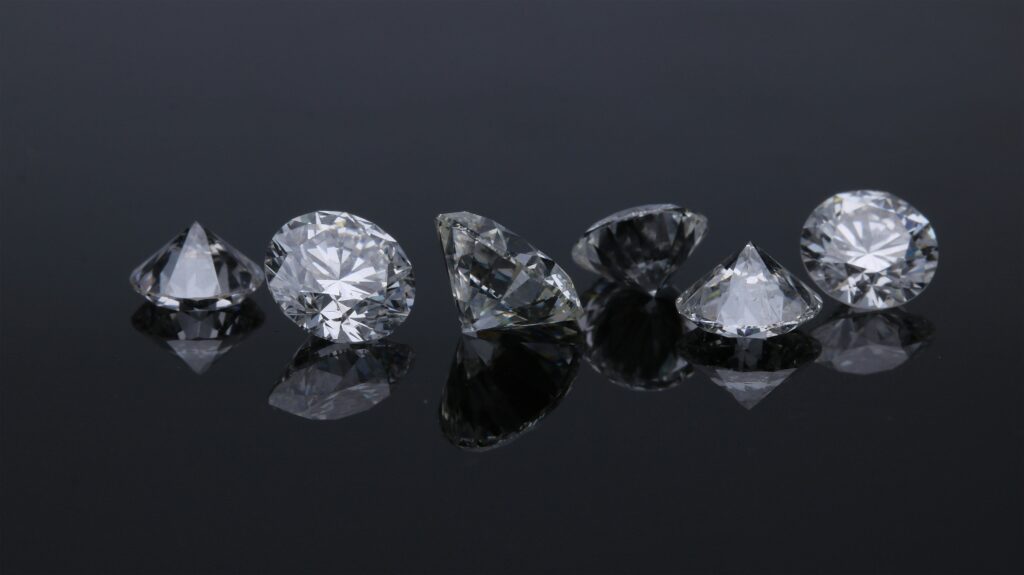
As artificial intelligence (AI) drives an insatiable demand for more powerful data centers, engineers are grappling with the twin challenges of heat dissipation and soaring electricity consumption. Each year, billions of dollars are funneled into powering and cooling processors, which notoriously waste over half their energy as heat leaking from transistors. However, researchers believe that diamonds may emerge as an unexpected solution to this pressing problem.
Synthetic diamond, a material with thermal conductivity five times greater than copper, is being hailed as a breakthrough for next-generation computer chips. Engineers from Diamond Foundry, Element Six, and Stanford University are at the forefront of this innovation, developing ultra-thin diamond layers that can be directly embedded into silicon chips to enhance cooling and performance.
The Science Behind Diamond’s Thermal Superiority
Diamond Foundry employs a patented process where a carbon-rich plasma deposits atoms in a perfectly ordered crystal configuration, creating wafers polished to atomic smoothness. This process capitalizes on diamond’s tightly bonded atomic structure, where each carbon atom connects to four neighbors, forming efficient pathways for heat to move swiftly through the crystal. This exceptional thermal conductivity not only prevents overheating but also extends chip lifespans and reduces energy consumption significantly across the technology sector.
High-end electronics already incorporate diamond heat-spreaders, and experts anticipate that processors in personal computers and smartphones will soon integrate similar technology. The race to harness diamond cooling is intensifying, with Diamond Foundry producing four-inch synthetic diamond wafers and De Beers’ industrial arm, Element Six, experimenting with copper-diamond hybrids tailored for AI processors that operate at unprecedented temperatures.
Innovations and Industry Implications
Element Six claims its hybrid material offers optimal thermal management at a lower cost compared to pure diamond. Meanwhile, Stanford researchers are delving into diamond-based transistor stacking, a technique that could enhance processing speeds without the risk of overheating the hardware. The potential applications of diamond cooling extend beyond data centers. Within a few years, experts predict that this technology could be integrated into laptops, smartphones, and even quantum computers, facilitating faster, more efficient devices without bulky cooling systems.
“The superior thermal conductivity of diamond could revolutionize how we manage heat in electronics, making devices more efficient and sustainable,” said a leading researcher at Stanford University.
Challenges and Future Prospects
Despite the promising outlook, challenges remain. Producing high-quality diamond wafers is still an expensive endeavor, and researchers are striving to scale up manufacturing processes to make this technology commercially viable. Nevertheless, the potential for diamonds to become as integral to computing as silicon itself is on the horizon.
From AI servers to everyday consumer devices, diamonds may soon play a crucial role in the evolution of computing technology. As the industry continues to push the boundaries of performance and efficiency, the integration of diamond cooling solutions could mark a significant leap forward, transforming how we approach thermal management in electronics.
As the technology matures, the implications for both the tech industry and consumers are profound. With enhanced performance and reduced energy consumption, diamond cooling could lead to a new era of sustainable computing, aligning with global efforts to reduce carbon footprints and energy usage.
The journey to integrate diamonds into mainstream computing is just beginning, but the potential benefits suggest a bright future where diamonds are not just a luxury, but a necessity in the world of high-performance computing.






